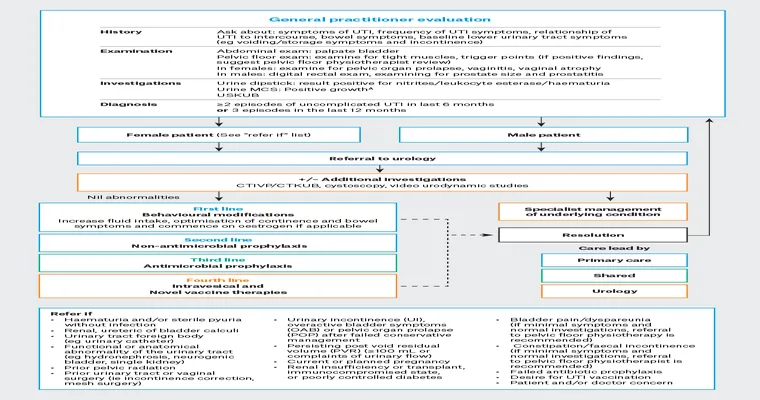Communicating with a "senior" who can no longer "speak" can be challenging, but it is essential for maintaining a connection and ensuring their needs are met. Whether due to a stroke, dementia, or other medical conditions, many seniors face communication barriers that can leave caregivers and loved ones feeling frustrated and helpless. However, there are effective strategies and methods to foster understanding and convey emotions without relying solely on verbal communication.
One of the first steps in communicating with a non-verbal senior is to establish a "comfortable environment". Make sure the setting is calm and free from distractions. This will help the senior feel at ease and more receptive to interaction. Approach them with a friendly demeanor, maintain eye contact, and be patient. Your body language and facial expressions can convey warmth and understanding, which is crucial in these situations.
Utilizing "non-verbal cues" is another powerful way to communicate. Many seniors who cannot speak may still understand gestures and facial expressions. Simple actions like smiling, nodding, or using hand signals can help convey messages. Additionally, consider using visual aids, such as photographs or drawings, to prompt memories or feelings. This can encourage them to express themselves through gestures or by pointing, even if they cannot articulate words.
Another effective method is to use "assistive communication devices". Tools such as communication boards, tablets with speech-generating software, or picture cards can greatly enhance the ability of seniors to express their thoughts and needs. These devices can be customized to include frequently used words or images that reflect their interests and daily routines. Working with a speech therapist can also provide insights into the best options for each individual’s specific situation.
Encouraging "expressive communication" is vital. Even if a senior cannot speak, they may still be able to communicate their thoughts and feelings in other ways. Pay attention to their body language, eye movements, and any sounds they might make. Encourage them to express themselves in whatever manner they can, whether through writing, drawing, or using technology. Validate their efforts by showing enthusiasm and acknowledgment of their attempts to communicate.
Lastly, it is essential to practice "active listening". Show genuine interest in what the senior may be trying to convey, even if it takes time to understand. Repeat back what you believe they are communicating, and ask clarifying questions to demonstrate that you are engaged in the conversation. This can help build trust and encourage them to participate more actively in communication.
In conclusion, communicating with a senior who can no longer speak requires creativity, patience, and understanding. By creating a supportive environment, utilizing non-verbal cues, incorporating assistive devices, encouraging expressive communication, and practicing active listening, you can enhance your connection with them. Remember, the goal is to foster understanding and ensure that the senior feels valued and heard, despite the challenges they may face in verbal communication.


